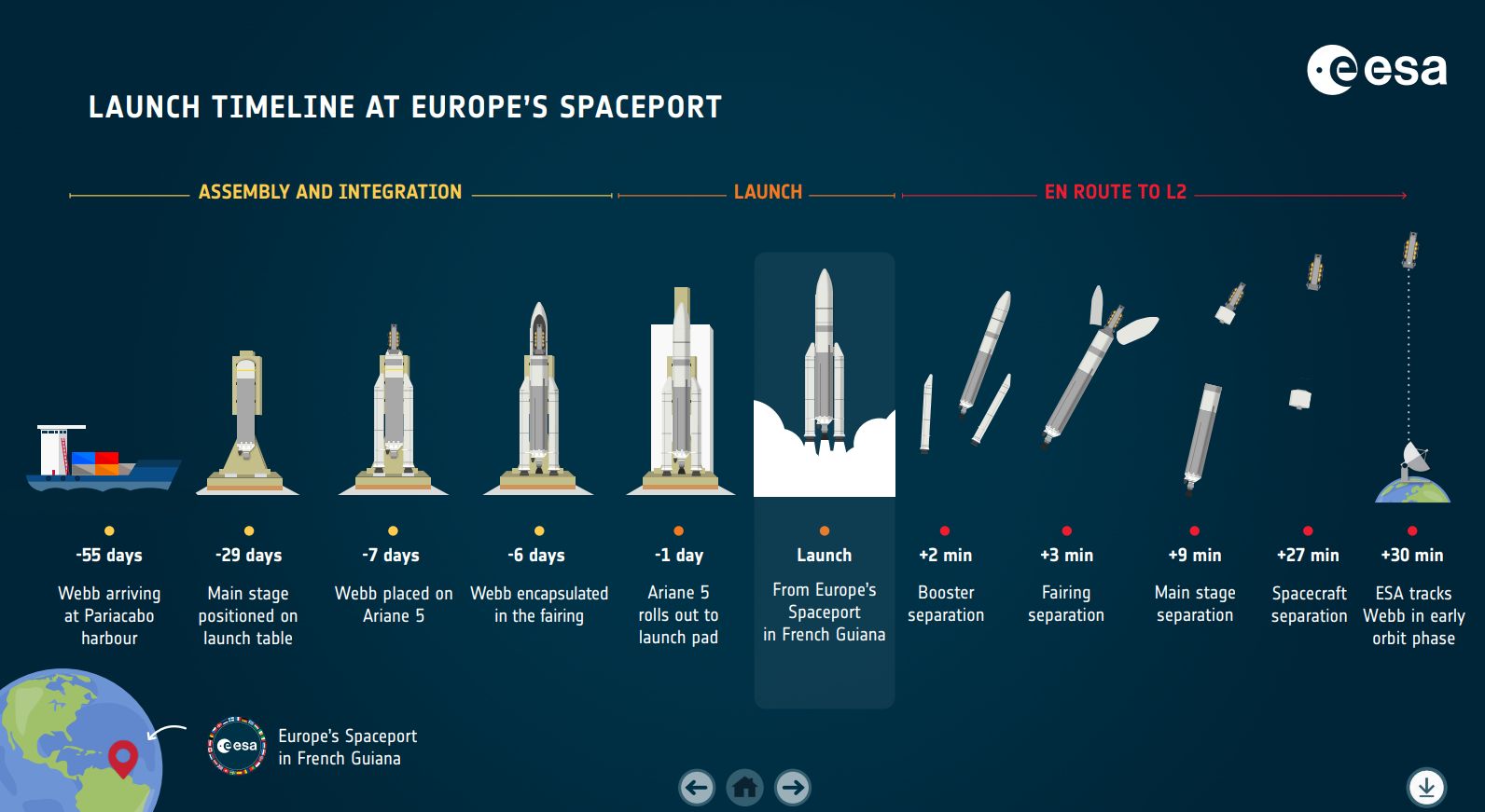


When did the James Webb Space Telescope launch? Not only does this show the current distance from Earth but also the telescope's speed, temperature, how long it has been in orbit and what its next stage is. You can track its progress with NASA's 'Where is Webb' feature. This is a journey that took roughly a month to complete. The James Webb Space Telescope is now in L2 Orbit - its final destination, about 1.5 million kilometres from Earth. Where is the James Webb Space Telescope now? This is because their incredible mass causes a noticeable curvature of the space-time around them, magnifying light from distant objects. It has a massive cluster of galaxies in the foreground which act like a massive magnifying glass.
JAMES WEBB TELESCOPE LAUNCH PATCH
SMACS 0723 is a patch of sky in the southern constellation of Volans. It is was the first compact galaxy group ever discovered all the way back in 1877 and will be the furthest image taken by the JWST. Stephan's Quintet is located an amazing 290 million light-years away. It is nearly half a light-year in diameter and is around 2000 light-years away from Earth. It was discovered back in 2014.Īn expanding cloud of gas surrounded by a dying star, the Southern Ring Nebula is the perfect opportunity to test the James Webb Space Telescope's infrared images. It is mostly composed of gas and is roughly 1150 light-years from Earth. WASP-96b is a giant planet that is found outside of our solar system. The Carina Nebula houses some huge stars, several of which are much larger than the Sun. There will be five areas that are shown in these images:īoth one of the largest and brightest nebulae in the sky, the Carina Nebula is roughly 7600 light-years away. The JWST team has now announced the list of objects it has targeted with its first round of images. What will the first round of images show? You can watch the press conference on NASA Live and ESA Web TV. This will then be followed up by a press conference on 12 July 2022 at 3pm BST with the rest of the images. This is expected to be the deepest and highest-resolution infrared view of the universe ever captured. The first official image from the James Webb Space Telescope will be revealed by Joe Biden on 11 July 2022 at 10pm BST. Originally, all of the first images were going to be released together, but there has now been a change of plans. When will the first images come out and where can you see them? These observations and images of NGC 3324 will help to shed light on star formations and the birth of stars. This is in fact ionised gas and hot dust that is streaming away from the nebula due to intense radiation. This formation has been created by the intense ultraviolet radiation and stellar winds from supermassive, hot young stars located in the centre of the bubble (located just above what is viewable in this image.Ībove the orange 'mountains' is a white steam like substance. This is the edge of a gaseous cavity that is around 7,600 light-years away. It has been nicknamed the 'cosmic cliffs' and it is clear to see why. This image reveals previously obscured areas of star birth. This is in fact the edge of a young star-forming region in the Carina Nebula. Squint your eyes and this photo could well be a mountainous range at night. In other words, this image was essentially captured by the JWST, a human-made telescope, pointing at the view created by a naturally made telescope, and the combination allows us to see incredibly distant galaxies. The SMACS 0723 galaxy cluster is so big that it acts as a gravitational lens, in which the cluster’s gravity causes light to bend, as if it were passing through a physical lens. The image was achieved by making a composite of images taken at different wavelengths over a period that totalled 12.5 hours. These are all galaxies and the dots that have smudged or dragged are galaxies that are much farther away. While these take up a lot of the image, what is more interesting is the smaller dots spread in between. The large bright white lights scattered across the image are stars found in our galaxy, the Milky Way. This small section of the Universe covers a patch of sky that is roughly the size of a grain of sand held at arm’s length by someone standing on Earth. The image shows a distant galaxy cluster: SMACS 0723, seen here as it was 4.6 billion years ago. It came out the night before and was unveiled by President Joe Biden. In a surprise turn of events, one image was released on its own.


 0 kommentar(er)
0 kommentar(er)
